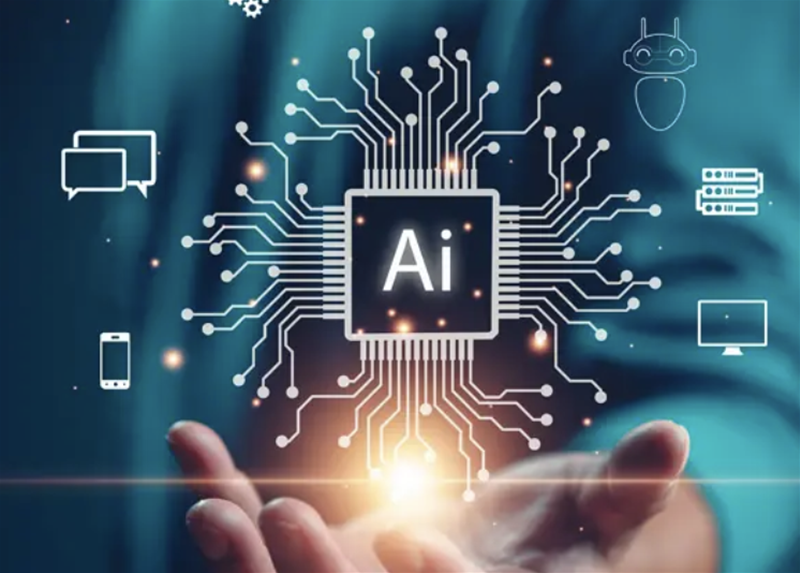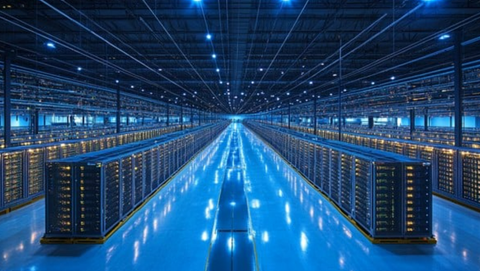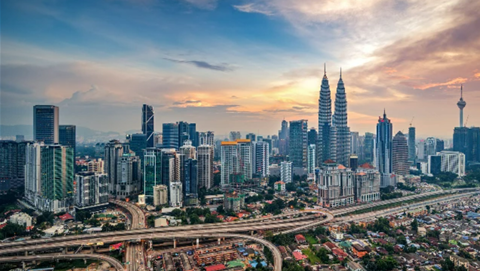Artificial intelligence has thoroughly embedded itself in our lives. Once relegated to the frames of science fiction movies, AI technologies have entered the mainstream. Deloitte’s recent report found that more than three-quarters of businesses globally expect to boost AI spending in their next fiscal year, signalling the widespread desire to leverage AI’s capabilities.
Similarly, AI is also the next big growth driver for data centres, with the industry facing pressure to meet the endlessly growing demand for data due to increasing AI adoption. In fact, McKinsey found that by 2030, almost 70 percent of the demand for data centre capacity will be for facilities equipped to deal with advanced AI workloads.
A worrying observation is that as organisations direct all their resources towards ensuring their relevance in supporting their AI ambitions, sustainability priorities and initiatives have largely taken a backseat.
Just a few years ago, the spotlight was on sustainability, and it would have been impossible to even find a technology event agenda without a mention of green operations, renewable processes, and capturing carbon emissions. Tech organisations were constantly trying to make their operations greener and meet their own sustainability goals, while maintaining profit.
What makes this more concerning is that in the face of interest rate hikes and a tighter economic environment, it has become increasingly challenging for many profit-driven organisations to justify the cost of their ESG agenda. In Singapore, for example, research from EY reveal that over half of CEOs have begun to deprioritise sustainability.
The widespread adoption of AI should be a reason to keep sustainability at the forefront of the conversation. We have witnessed cases where the rush to adopt rapid technological advancements overlook environmental concerns, and as companies invest billions into developing AI tools, the sustainable costs of such technologies are becoming harder to ignore.
We can’t continue our current rate of growth without being sustainable
How can data centres and organisations balance the two seemingly conflicting priorities of sustainability while being profitable?
Even before the proliferation of AI across the globe, the amount of power and water used to optimally run a data centre is enormous. The power demands of AI have understandably created cause for concern, with studies predicting AI as a key driver for the doubling of global data centre electricity usage by 2026 and carbon emissions by 2030.
Similarly, more water will be required for cooling. In 2024, Microsoft reported that their data centre water consumption had increased by 14.24 million cubic meters over two years, which is the equivalent of 5,696 Olympic size pools.
The pressure is on for data centres to be greener and smarter. Water and energy are both finite resources, and without prioritising sustainability, it will be difficult to continue the current rate of data centre growth.
For greenfield data centre sites, there is still flexibility to focus on ensuring that it is designed to be AI-ready and sustainable right from the start. Newer builds are often more attractive to organisations as it is easier for operators to implement greener tech and design from the get-go.
Brownfield data centres, in comparison, typically require higher costs and design changes to retrofit into meeting energy regulations. It is also more difficult to modernise legacy infrastructure – for instance, implementing cooling solutions requires significant structural changes that could lead to costly downtime for operators.
But we can’t just rely on building new data centres, we also need to ensure that brownfield data centre sites are able to support growing power demands from AI sustainably. Admittedly, this is easier said than done as it’s not just about purchasing the latest technology.
Careful planning is required to ensure seamless integration and reduce service disruption. Data centre operators also have to recalibrate metrics such as PUE (power usage effectiveness) during this process, or risk throwing off their sustainability assessments.
How operators can balance AI and sustainability in tandem?
To successfully leverage AI in the long run while ensuring that sustainability commitments are honoured, data centres and organisations will have to assess their AI power and sustainability requirements in parallel. What can they do?
- As mentioned earlier, operators could design a purpose-built facility for AI, or even redesign part of an existing data centre to gradually handle AI workloads, and ensure that PUE, WUE (water usage effectiveness) and green targets are being met.
This could be in the form of advanced cooling systems and high-efficiency technologies that can manage high performance workloads, such as two-phase immersion and direct-to-chip cooling. There is also the possibility of installing battery energy storage systems to tap on renewable energy sources, reduce dependence on external grids, and help support the grid in managing peak loads. - For brownfield data centres where complete redesign and retrofit of the facility is untenable, organisations can tackle the sustainability journey by taking an incremental approach. Data insights can help facility operators track progress and identify opportunities to further ‘tweak’ their design and settings for energy efficiency gains.
This could be through DCIM (data centre infrastructure management) software and even AI, with companies like Red Dot Analytics partnering together with DCIM solution providers to provide AI-enabled predictive analytics capabilities. - Organisations must prioritise building a culture that places sustainability at the forefront alongside AI. Currently, most cloud and data centre buildings operate in two separate teams – facility teams work with operation technology (OT) such as air conditioning and power systems, while IT teams look at issues involving connectivity and security.

More often than not, facility teams are concerned about sustainability, while the purview of AI falls to IT teams. The problem with such a setup is that while both teams may work for the same company, they have two completely different sets of priorities. This causes issues when organisations are trying to look at challenges and opportunities holistically.
- Richard Farrell is APAC Director of Digitalisation, Cybersecurity and Data Centres, Eaton.
Ideally, there should be a centralised platform or person bringing both aspects together in order to bridge this gap. It is important that business leaders look inwards to assess if their current organisational structure is conducive to collaboration and ensure accountability in meeting sustainability commitments. The successful integration of strategy, technology and teams for sustainable growth will ensure resilience in the long run.
Paving a more sustainable and responsible future
Amidst the excitement around AI, it’s important to acknowledge the resources that are required to support tech innovation. Recent developments with DeepSeek signal that as companies continue to innovate, we may see AI applications that might require lesser energy and resources to run.
Conversely, this poses the possibility that with greater accessibility to AI, it may also spur a further rise in adoption, and an exponential use of computing and processing resources.
Beyond enterprise action and widespread change from the data centre industry, and those investing in this industry, as individuals, we too have responsibility for our own usage of AI. Using AI responsibly may include minimising trial-and-error use by optimising prompts, de-duplication of data and avoiding unnecessary iterations.
While this is easier said than done, and may require difficult conversations and choices, laying the groundwork for sustainable AI now will reap long-lasting impact for the development of our digital economy.
Richard Farrell is APAC Director of Digitalisation, Cybersecurity and Data Centres, Eaton.










